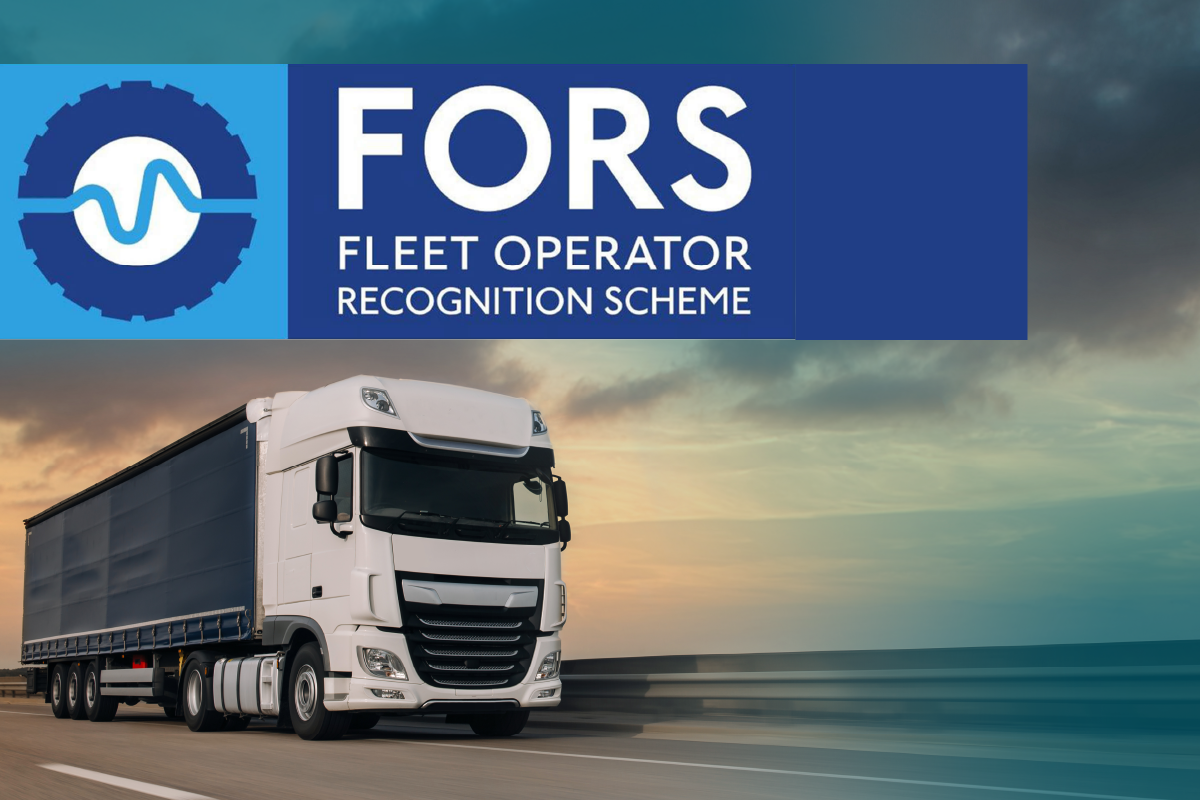Electric Vehicles in Commercial Fleets
As more companies look to electrify their commercial fleet, many are focused on the short term benefits. While electric vehicles promise reduced emissions, lowered fuel costs and a positive impact on the environment, fleet managers need to consider the long-term financial repercussions.

Depreciation and Resale Value Of Electric Vehicles
One of the key financial challenges you may already be aware of is the depreciation rate of electric vehicles (EVs). Unlike traditional combustion-powered cars, which generally better retain their value over time, many EVs experience a significant drop in value within the first few years. This depreciation can be attributed to several factors. One of the most pressing issues being the inadequate infrastructure to support the rising number of electric vehicles. The current infrastructure simply hasn’t kept pace with the growing demand.
Additionally, as newer, more advanced models are released—often with better range, charging times, and features—older EV models quickly become outdated. As a result, there’s less demand for older, lower-end models. For commercial fleet operators who plan on refreshing their fleet regularly or selling used vehicles, this rapid depreciation presents a significant financial risk. When the time comes to upgrade, the resale market for older electric models may be limited, with values often plummeting far below expectations. This can result in businesses being out of pocket when trying to sell or trade in their fleet of EVs, with the original investment never fully recouped.
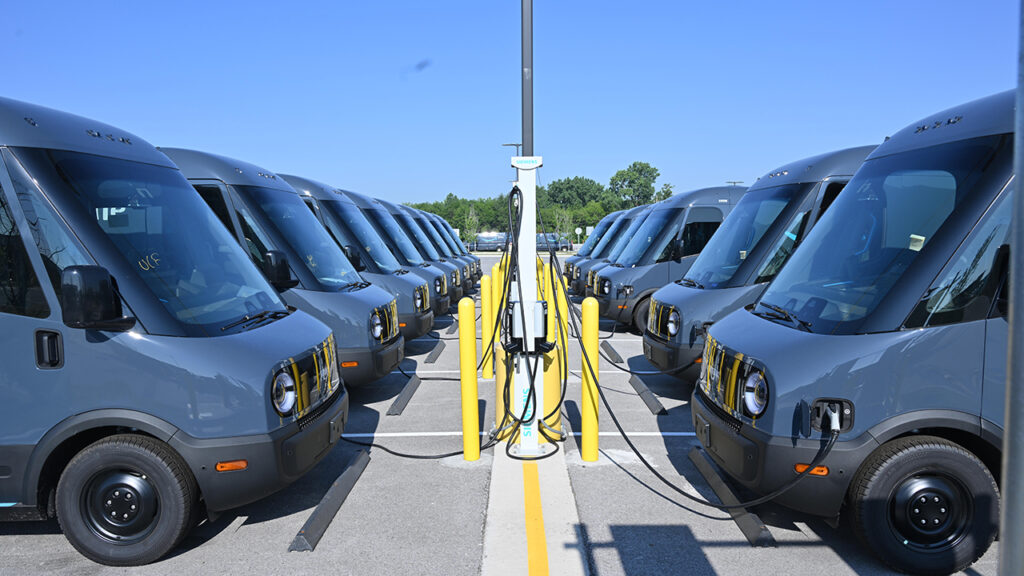
Lack of Incentives and Limited Schemes
In the early days of EV adoption, there was hope that governments and automakers would offer substantial incentives to ease the financial burden of going electric, especially for businesses managing large fleets. However, the reality has been less encouraging.
While some governments do provide grants, tax breaks, or subsidies to incentivise EV purchases, these schemes are often geared toward individual consumers or very specific use cases, leaving commercial buyers with fewer options. Moreover, the incentives that do exist for fleet operators often fail to bridge the cost gap between electric and traditional vehicles, especially when the initial purchase price of EVs tends to be higher.
Dealerships, too, have been slow to offer compelling trade-in or fleet upgrade deals for EVs. For fleet managers who are used to receiving significant discounts or loyalty schemes for bulk purchases of traditional vehicles, the offerings in the EV space can feel underwhelming. This lack of meaningful financial support puts businesses in a tough spot—faced with higher upfront costs, they may not see enough long-term savings to justify the switch.
Infrastructure and Maintenance
For businesses that prioritise environmental impact and are willing to absorb higher short-term costs, electric vehicles can be a valuable investment. However, for those focused on balancing the books, the current landscape may mean they’re left with more out-of-pocket expenses than expected. As technology and policies evolve, the financial case for EVs in commercial fleets will likely strengthen, but for now, it’s essential for businesses to enter the EV market with their eyes wide open.
Beyond resale value and incentives, businesses need to consider the operational implications of running an electric fleet. The charging infrastructure required to keep EVs operational can be a significant investment in itself. Installing fast chargers at company depots or in locations where vehicles frequently operate may require substantial upfront capital. In some areas, public charging stations may still be limited, leading to range anxiety or downtime as vehicles need to be charged more frequently than their fuel-powered counterparts.
Furthermore, while EVs generally require less maintenance than traditional vehicles—thanks to fewer moving parts and no need for oil changes—battery replacements and software upgrades can be expensive. Fleet managers will need to consider the total cost of ownership, including factors like battery degradation over time and potential future costs for repairs or replacements of critical components.
Want To Learn More?
If you aspire to enhance your fleet operations, give us a call or drop us an email, and together we can explore how our solutions can transform your business. Don’t miss out on the opportunity to optimise your fleet’s performance and maximise your success.
Contact us now and unlock a new era of efficiency and profitability for your company.


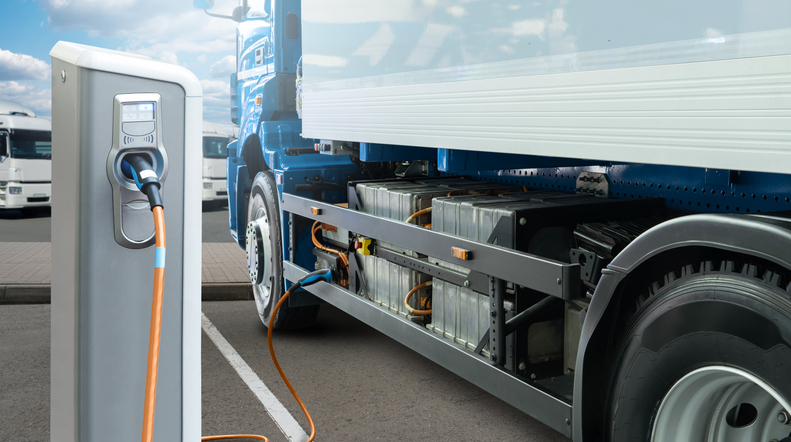

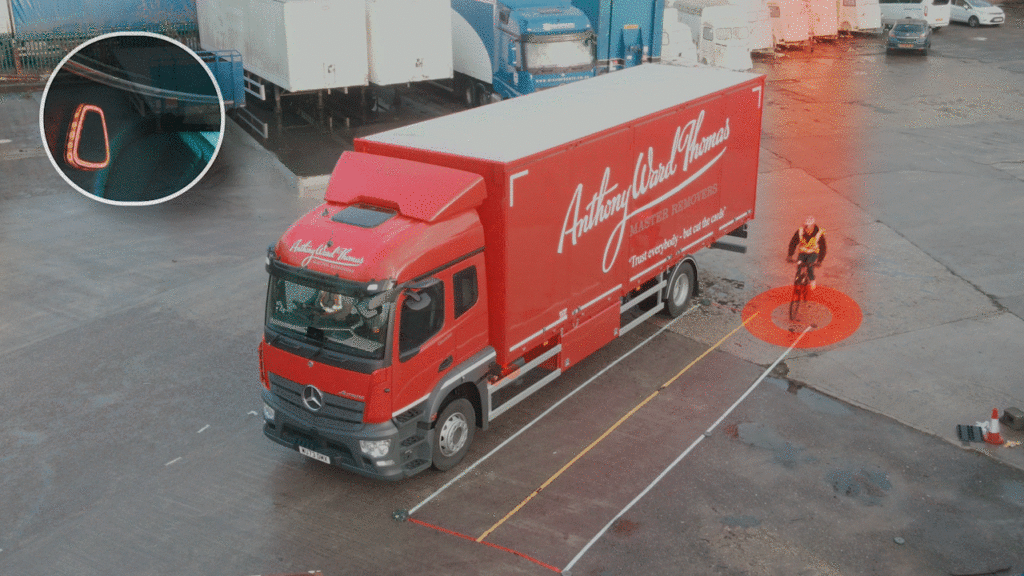
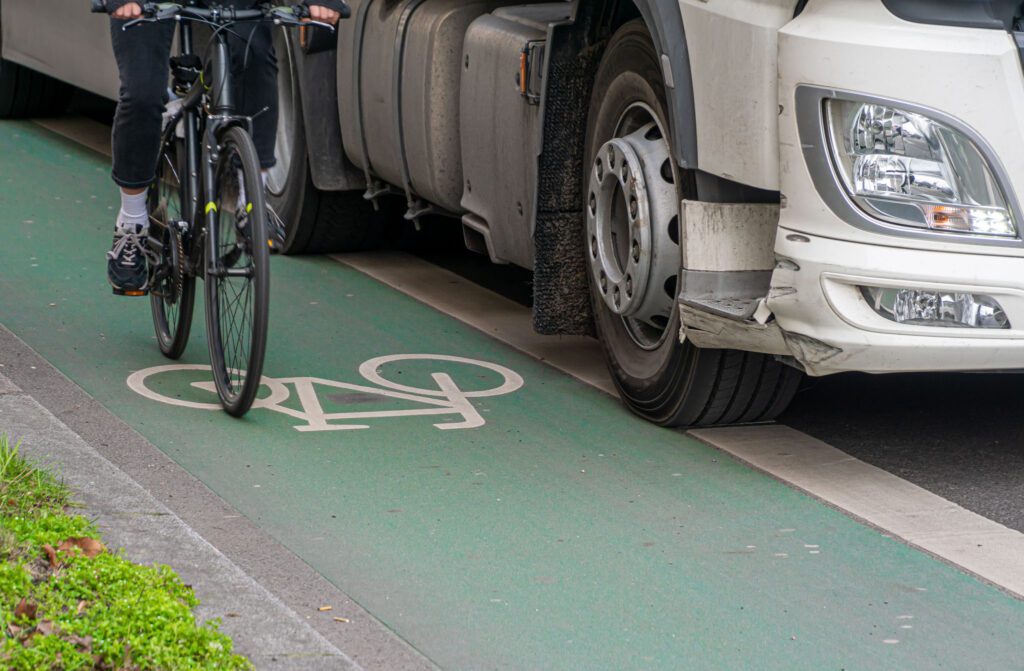

![iStock-1447405495 [Converted] - Fleet Witness - Fleet Tracking](https://fleetwitness.co.uk/wp-content/uploads/2024/03/iStock-1447405495-Converted-1024x696.jpg)

